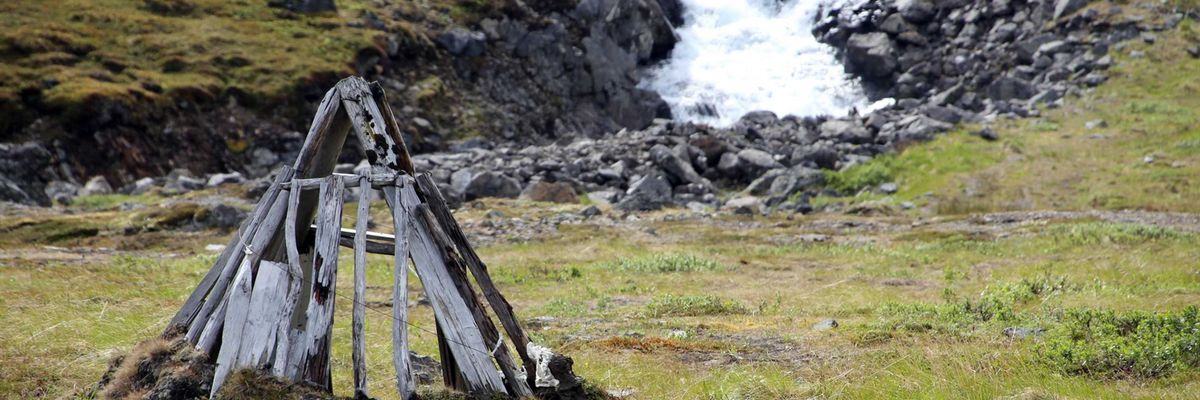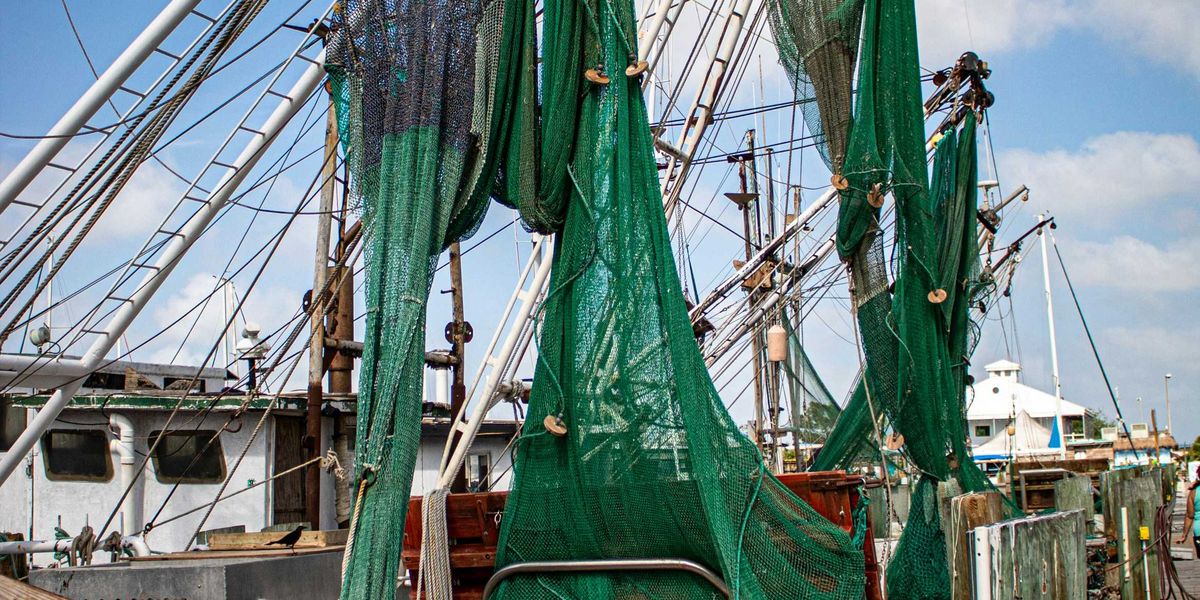coastline
Eelgrass beds are shrinking along Maine's coastline, threatening ecosystems
Eelgrass, a vital coastal plant that helps prevent erosion and store carbon, is disappearing from Maine's waters, worrying scientists about its impact on climate and marine habitats.
In short:
- Eelgrass stabilizes shorelines, filters water, and offers habitat for marine species like lobsters and bass.
- The Maine Department of Environmental Protection found a 60% decline in eelgrass since 2005, with some areas losing all eelgrass.
- Climate change, invasive species, and storms are stressing eelgrass beds, while their carbon capture potential draws growing attention.
Key quote:
"There are so many things that are important about eelgrass, but you can’t see it unless you’re scuba diving or have an underwater camera."
— Cheyenne Adams, Maine Department of Environmental Protection.
Why this matters:
Eelgrass plays a crucial role in fighting climate change by sequestering carbon and protecting coastlines. As its decline accelerates, the loss could harm ecosystems and exacerbate coastal erosion.
Oahu homeowners face hefty fines for unauthorized erosion control
As erosion continues to threaten homes, some North Shore residents are resorting to illegal methods to protect their properties.
In short:
- Homeowners on Sunset Beach are facing fines close to $1 million for using unauthorized sandbags and other erosion control measures.
- The Board of Land and Natural Resources (BLNR) has granted contested cases for the homeowners, who argue they had no choice but to act quickly to save their properties.
- Critics argue these methods exacerbate public beach erosion and create hazardous debris, with calls for a legislative solution to manage beach and dune erosion.
Key quote:
“I think it’s just an affront to Hawaii residents in our North Shore community. That’s the problem, in my view, of offshore owners not doing their due diligence and not really giving a rip about the community or the beach.”
— Denise Antolini, a lawyer and community advocate for beach restoration
Why this matters:
The use of unapproved sea walls and other unauthorized structures has become a last resort for homeowners trying to stave off the encroaching waters. These actions, however, can lead to significant environmental harm, disrupting marine ecosystems and exacerbating erosion in neighboring areas. Furthermore, they often provide only a temporary reprieve, as nature inevitably finds ways to circumvent human-made barriers.
Related EHN coverage:
On Jakarta's vanishing shoreline, climate change seen abetting child marriages
Marriage before the age of 18 is classified as a form of gender-based violence by the United Nations, but is commonly practiced in low-income communities to mitigate household economic pressures.
Coastal Alabama to receive $43M in climate change resiliency grants
$43 million in federal grants will go to slow erosion, preserve sensitive tidal marsh land, build habitat for oysters and other fisheries and reduce microplastic pollution in the Gulf of Mexico.
Vanuatu’s existential climate threat: “Losing my country is not an option”
Sea level rise slowly, surely swallows Honduran fishing village
A destructive force is at work on the coastline of Cedeno, a fishing village in southern Honduras – like it is on other villages on the Pacific Gulf of Fonseca: sea level rise.
North Carolina's coast impacted by climate change
North Carolina's coast is one of the many reasons our state is among the most beautiful in the nation, but a changing climate is impacting how our coast looks.









